Trash pollution is a growing problem in our world nowadays, especially the spread of trash in the ocean. Located between Hawaii and California, the Great Pacific Garbage Patch has been an issue with trash pollution covering all estimated 1.6 million square kilometers of this deserted land patch. It began, according to kcur.org, “In 1997, Captain Charles Moore first discovered the “Great Pacific Garbage Patch,” the largest accumulation of plastic waste in the ocean. Since then, scientists have documented how plastic has permanently damaged marine ecosystems and even altered evolution — and the problem has only grown larger.”
How has trash drifted so far to this island? Well, marinedebris.noaa.gov informs readers that “They are formed by rotating ocean currents called “gyres.” You can think of them as big whirlpools that pull objects and debris into one location, often the gyre center, forming “patches”. There are five gyres in the ocean” (“Garbage Patches” 1). With an estimated amount of 1.8 trillion pieces of trash, it is detrimental to living sea creatures passing by and mistaking trash for food, microplastics are especially damaging when gathered together, blocking sunlight from getting to sea organisms like plankton and algae below the water. Above the water, bigger sea creatures like sea turtles are deeply affected by entanglement of plastic, due to mistaking bags as jellyfish. There have also been cases where dolphins and whales have drowned because of fishing nets and heavier equipment. Above the water, research from wwf.org.au has found that “1 million seabirds and 100,000 marine mammals are affected every year, as well as many other species” (“How can we destroy The Great Pacific Garbage Patch” 5).
Why has nothing been done about the Great Pacific Garbage Patch if it is such a growing problem? Well, the main issue is the cost that would be used for resources to clean the garbage patch. Response.restoration.noaa.gov expresses “A cost of $5,000-20,000 per day, it would cost between $122 million and $489 million for the year. That’s a lot of money—and that’s only for boat time. It doesn’t include equipment or labor costs. Also, keep in mind that not all debris items can be scooped up with a net” (“How Much Would it Cost to Clean up the Pacific Garbage Patches” 2) This piece of information alone can overshadow the fact that no effort can/is being made to stop the amount of garbage piling in, and affecting the living organisms surrounding it. The Great Pacific Garbage patch is only just a small part of the worldwide issues surrounding trash islands in the oceans. The total of garbage islands in the ocean is One in the Indian, Two in the Atlantic, and two in the Pacific.
Therefore, what can we do to make the trash amount decrease instead of contributing to the massive spread of waste? A start would be using less plastic, and instead reusing plastic bags you get at the grocery store, bringing your own bags to the shops, recycling fast food containers and cups. Even if each person does a better job at plastic pollution, there are still so many outside factors that will stop the process like fast food companies not changing their packaging due to the expense that would bring, and millions of other people who can not afford to convert to a more sustainable lifestyle.
In conclusion to the Pacific Garbage Patch, there has been an effort by Ocean cleanup who is “cleaning up floating plastics caught swirling in the Great Pacific Garbage Patch, a plastic accumulation zone with over 100,000,000 kilograms of plastic.” (“Diverse… For Sustainable Cooling” 7) The Ocean Cleanup is using a new system called “System 03” which, according to oceancleanup.com is “System 03 is a cleaning system which removes plastic from the ocean, designed, deployed and operated by The Ocean Cleanup. The system consists of a floating barrier approximately 2.2 km (1.4 miles) long, which is towed between two slow-moving vessels.” Along with the system, it will clean all areas between California and Hawaii. (System 03: A Beginner’s Guide” 1) All in all, there has been more strive to clean the Great Pacific Garbage Patch, and the surrounding areas to help not only the people, but mainly the ocean life around these islands.


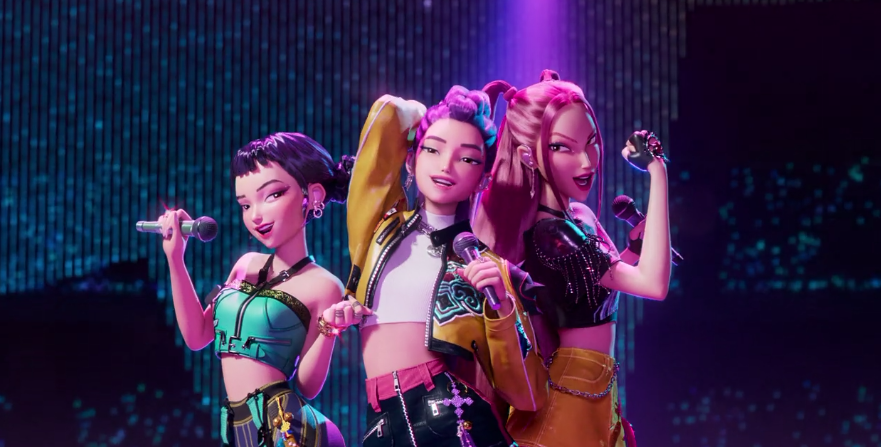
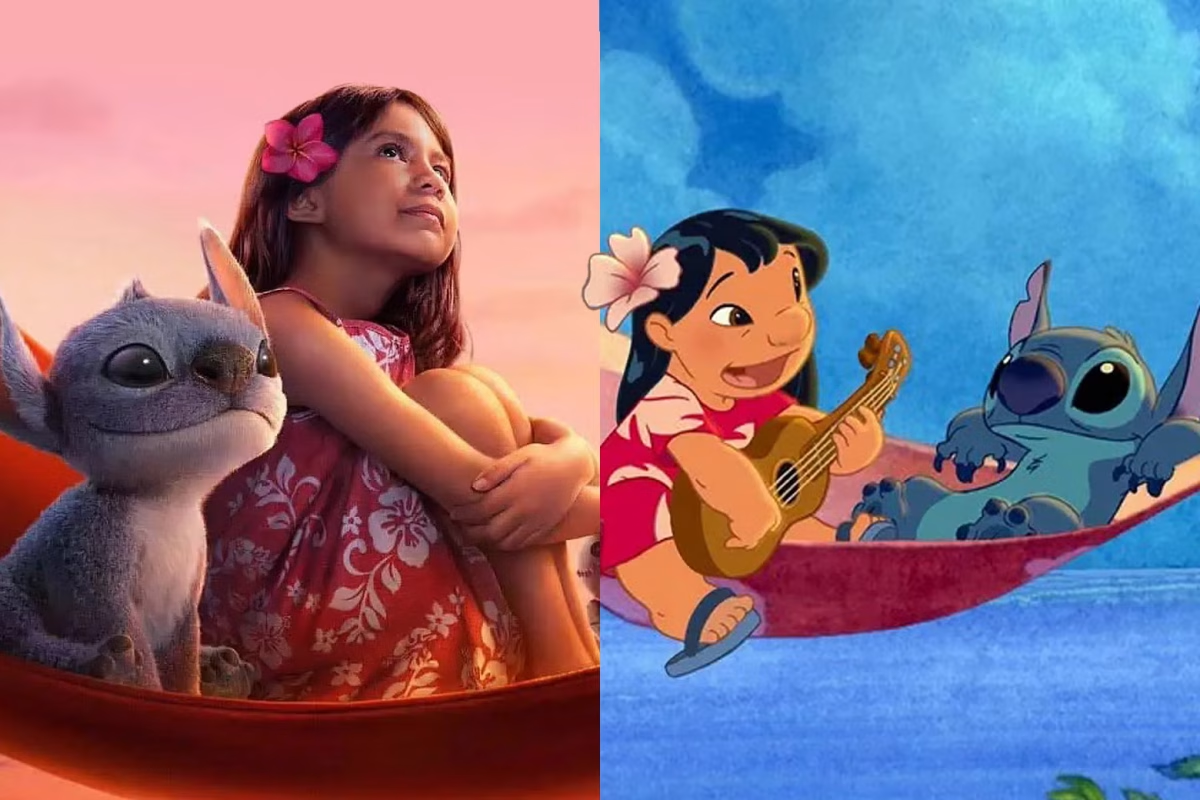








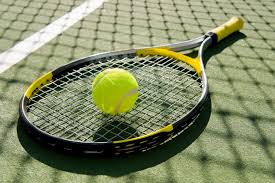




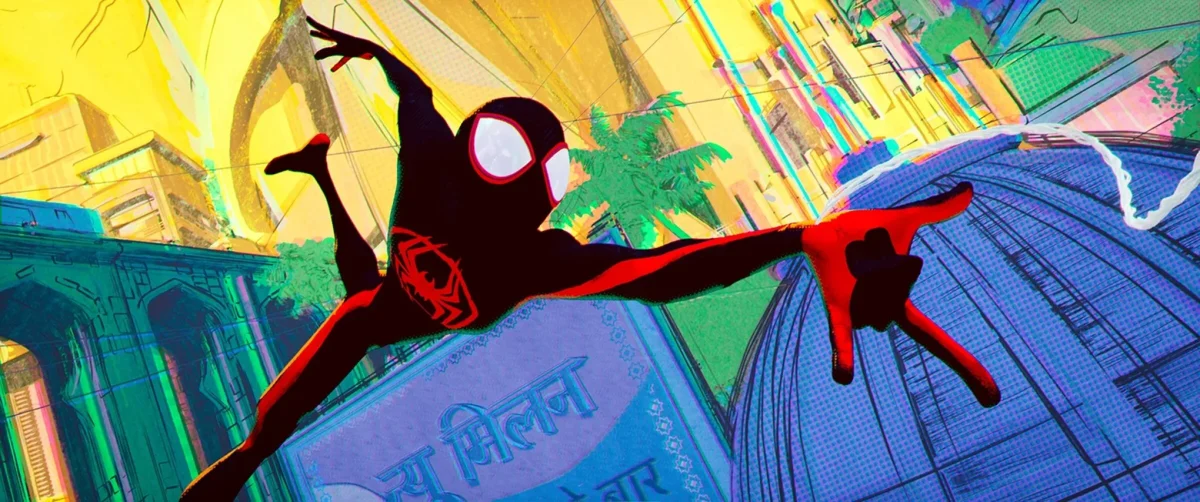
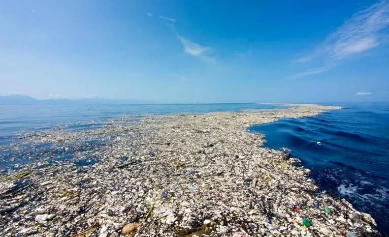


Abbie Landers • Apr 22, 2024 at 7:33 am
The Garbage Patch Kids..